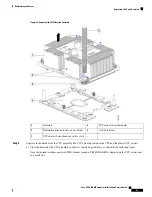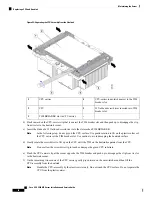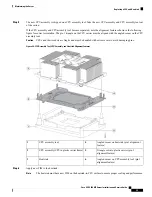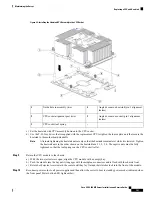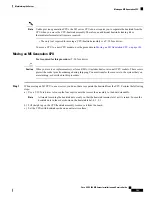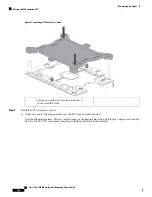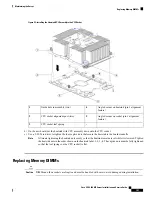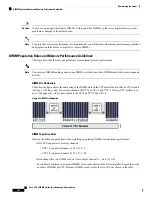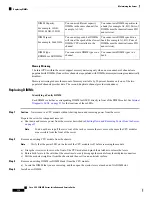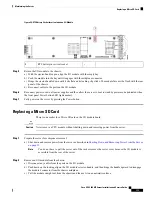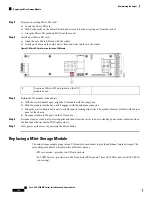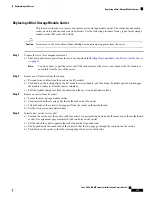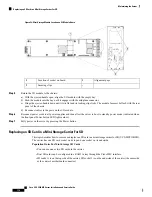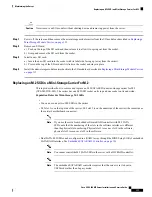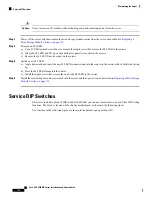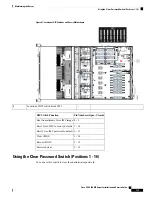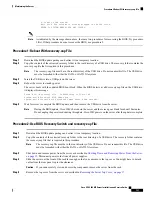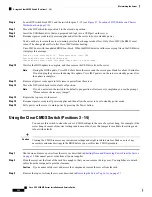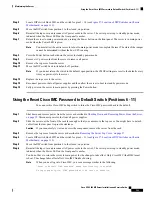
Cisco does not support third-party DIMMs. Using non-Cisco DIMMs in the server might result in system
problems or damage to the motherboard.
Caution
To ensure the best server performance, it is important that you are familiar with memory performance guidelines
and population rules before you install or replace DIMMs.
Note
DIMM Population Rules and Memory Performance Guidelines
This topic describes the rules and guidelines for maximum memory performance.
You must use DIMM blanking panels in any DIMM slots that do not have DIMMs installed to ensure adequate
air flow.
Note
DIMM Slot Numbering
The following figure shows the numbering of the DIMM slots on the CPU module board. When a CPU module
is in bay 1 (the lower bay), the system numbers the CPUs as CPU 1 and CPU 2. When a CPU module is in
bay 2 (the upper bay), the system numbers the CPUs as CPU 3 and CPU 4.
Figure 53: DIMM Slot Numbering
DIMM Population Rules
Observe the following guidelines when installing or replacing DIMMs for maximum performance:
• Each CPU supports six memory channels.
• CPU 1/3 supports channels A, B, C, D, E, F.
• CPU 2/4 supports channels G, H, J, K, L, M.
• Each channel has two DIMM sockets (for example, channel A = slots A1, A2).
• For optimal performance, populate DIMMs in the order shown in the following table, depending on the
number of DIMMs per CPU. Balance DIMMs evenly across the two CPUs as shown in the table.
Cisco UCS C480 M5 Server Installation and Service Guide
108
Maintaining the Server
DIMM Population Rules and Memory Performance Guidelines




